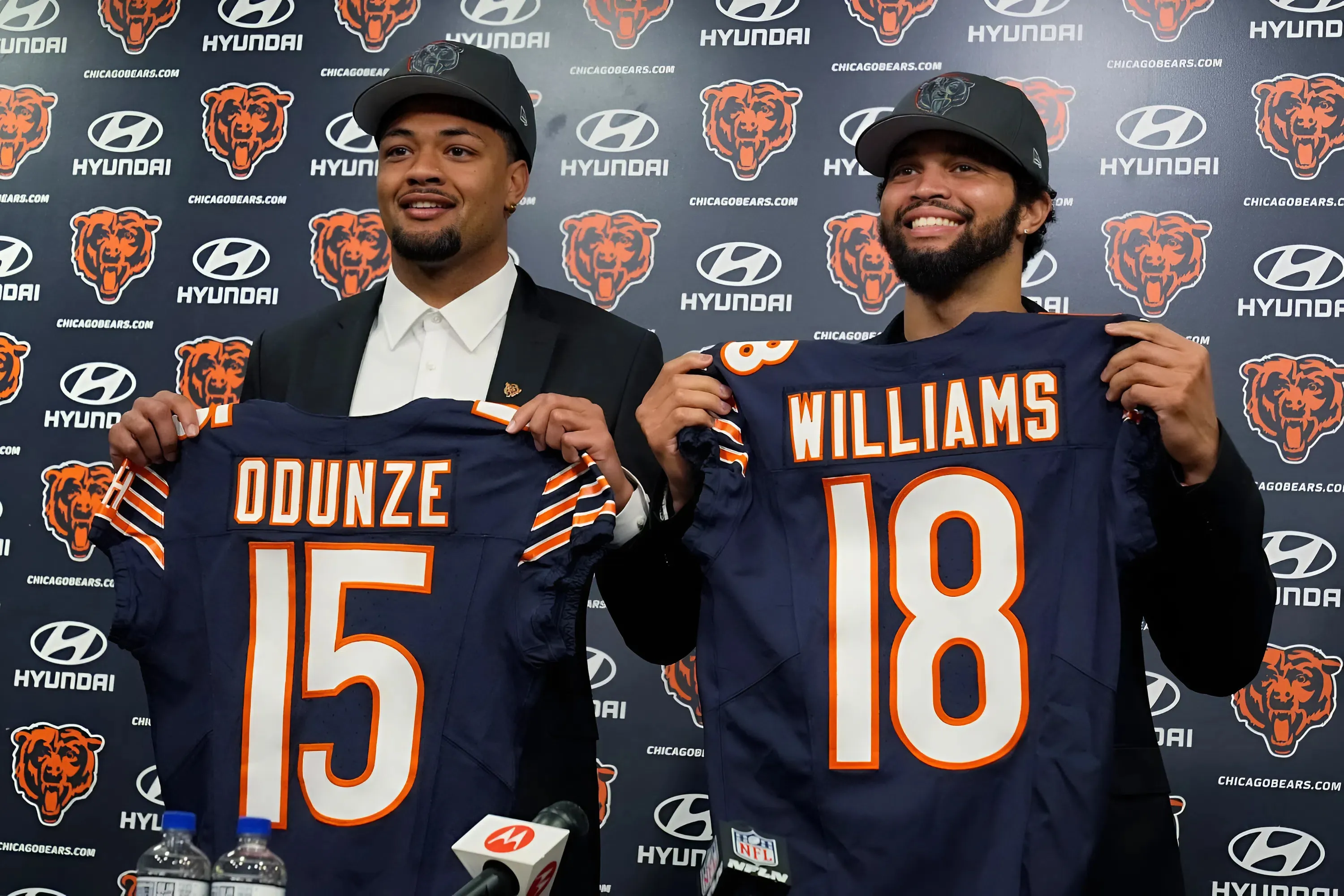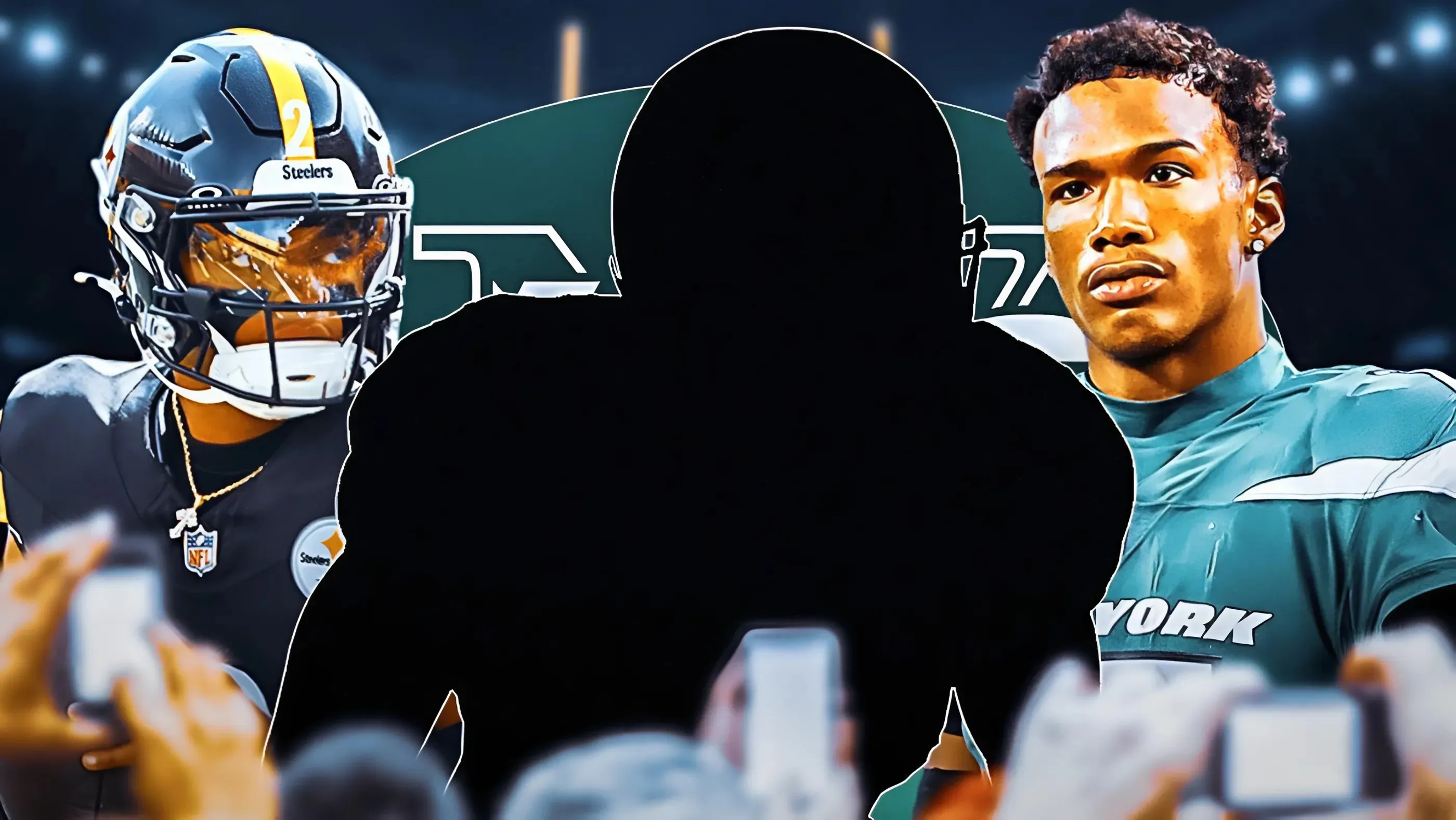As the NHL moves in a more physical direction, following the trend of the back-to-back Stanley Cup Champion Florida Panthers, are the Vancouver Canucks moving in the opposite direction?
It’s a fair question to ask, given the change in personnel over the past two seasons. Since the outset of the 2023/24 campaign, the Canucks have parted ways with all of JT Miller, Nikita Zadorov, Ian Cole, Carson Soucy, Vasily Podkolzin, Noah Juulsen, and, most recently, Dakota Joshua, among others. That’s an awful lot of physicality out the door, and the Canucks haven’t exactly made a concerted effort to replace it.
That leads us to wonder if, for lack of a better term, the Canucks will be physical enough in 2025/26 to keep up with the changing pace of the NHL.
Below, we’ll take a look at a few different categories of physicality in an effort to see where these new Canucks are at after a summer of change.
Who will do the hitting for the 2025/26 Canucks?
Let’s start by saying that Vancouver isn’t exactly shorthanded when it comes to throwing hits, because they’ve still got all-time single-season record holder Kiefer Sherwood on the roster. His 462 last year was 156 more than the next NHLer, and Sherwood doesn’t exactly seem like the type to slow down.
But beyond him?
The Canucks were the second-hittingest team in 2024/25 with 2,213, trailing just those aforementioned Florida Panthers and their 2,446. Sure, Sherwood was responsible for more than a fifth of them. But that’s still a lot of hitting, in general.
It’s hard to see them replicating that second-place finish, however, when three of their top-six hit-throwers have departed. That’s Joshua (193), Juulsen (101), and Miller (92).
There is some incoming content to consider. Evander Kane was fourth in playoff hits this past season despite missing the entirety of the regular season. He should be able to replace some of what was lost.
So, too, will the younger Elias Pettersson now that he’ll be given more minutes and responsibilities as a sophomore.
A few other call-ups will contribute. Aatu Räty only played 33 games for the Canucks last year, but threw 80 hits, giving him the fourth-highest hits-per-60 rate on the team. Arshdeep Bains and Linus Karlsson also ranked in the top 10 of that chart.
It does seem that the Canucks have perhaps lost a bit of physicality on their scoring ranks – meaning Miller and Joshua, primarily – while staying relatively similar in their overall ability to hit. Of course, this is just comparing 2024/25 to 2025/26’s roster. If we go back to 2023/24 and the days of Zadorov, we can see that the Canucks have probably taken a couple of steps back, physically, over the past two seasons.
Now, there are those who will tell you that hitting is overrated. And that’s true. It’s dramatic, sure, but it’s something that a player can only do when the other team has the puck. As is usually the case, it doesn’t hold a candle to, say, puck possession in terms of overall importance.
But that doesn’t mean that hitting is unimportant. It can still make an impact, and especially so in the postseason, which the Canucks hope to return to.
It’s something they could definitely get better at, Sherwood aside, and something they might look to as a real positive component in any player they might be considering acquiring.
Who will do the enforcing for the 2025/26 Canucks?
Now, if hitting is considered overrated by some, fighting should be even more so. It’s a dying art in the sport of hockey. Last season, there were a total of 297 fights in 1,312 games, marking a four-year low. The entire playoffs saw just two actual fights.
All the same, it’s still a part of hockey, and it’s one of those things where it’s better to be able to and not need to than to need to and not be able to. Few things in hockey are more demoralizing than needing someone to step up for the team and finding that no one is willing or able.
Never mind that the Canucks are said to be on a bit of a revenge tour, with Jason Dickinson and the Chicago Blackhawks coming on October 17 and Yakov Trenin and the Minnesota Wild on November 1.
The Canucks fought just 19 times in 2024/25, and they really spread out the responsibility. Get this: the Canucks’ first nine fights of the season each featured a different combatant. First went Miller, then Teddy Blueger, then Conor Garland, then Vincent Desharnais, then Joshua, then Juulsen, then Danton Heinen, then Tyler Myers, and lastly Derek Forbort.
It wasn’t until Miller fought Kevin Bahl on New Year’s Eve 2024 that a Canuck picked up a second fighting major. Miller would wind up tied for the team lead with Forbort at three fights each. The only other Canucks to fight multiple times were Joshua and Garland.
Really, though, it’s something the team did by committee in 2024/25, and there’s no reason they can’t do so again in 2025/26.
Kane is a key addition here. He’s only fought five times over the past three seasons, but that’s with a whole season off, and that’s still pretty frequent by modern standards. More importantly, he’s won the bulk of them, including against some capable opponents like Andreas Englund, Brenden Dillon, and Brandon Duhaime.
What Kane could provide is, like Joshua and to a lesser extent Desharnais, that theoretical nuclear deterrent. A player who can and will fight anyone in the league when the need arises, and handle themselves just fine. It’s something every team wants on hand, and Kane keeps the Canucks level there – so long as he can stay healthy, that is.
Beyond Kane, the Canucks have largely that same collection of occasional scrappers available in your Bluegers, your Forborts, your Sherwoods, and the likes of the younger Pettersson, who carried himself very well in his first ever NHL combat.
Ideally, Garland doesn’t hold second place in the fighting ranks for a second season in a row. But, hey, try telling him that!
The Canucks might not be as intimidating as they used to be, especially not when considering the brief Zadorov era. But they should be just as capable of sticking up for one another as they were before.
Who will do the agitating for the 2025/26 Canucks
In many ways, the 2024/25 season was the ‘Year of the Rat.’ The notoriously dirty Panthers won their second consecutive championship, and they did so by picking up the ultimate rat, Brad Marchand, along the way.
As other teams inevitably follow the trend, expect the entire league to get a little more ‘in your face’ for 2025/26. Can the Canucks keep up in the agitatorial market?
Here, it could be argued that the Canucks have actually improved. The physical players they lost over the past year – namely Joshua, Miller, and Juulsen – were all more of the straight-up, honest brand of physicality. Joshua and Miller, in particular, were always far more likely to be agitated than to do any agitating.
Not so with the incoming Kane, who takes pride in getting under the skin of opponents. The same goes for EP25 on the blueline, and the two of them alone should make the Canucks harder to play against.
The Canucks drew the sixth-most penalties in 2024/25 with 306. All of their most annoying players – Garland, Sherwood, Räty, and Karlsson – are still on board for 2025/26. We’d also love to see Nils Höglander return to that more sandpapery style we saw early in his career, when he was driving current teammate Forbort absolutely mad.
And let’s not forget how Tyler Myers has this weird habit of making himself the chief public enemy of a random fanbase at least once per season.
In a league that is increasingly playing to its agitators, the Canucks stand ready to do plenty of agitating of their own in 2025/26. Yes, we’re a long way from the days of Matt Cooke, Jarkko Ruutu, and Alex Burrows. But we’re, perhaps, trending back toward that territory – and if there’s one thing the Canucks can usually be counted on to be, it’s annoying.


-1752113122-q80.webp)
